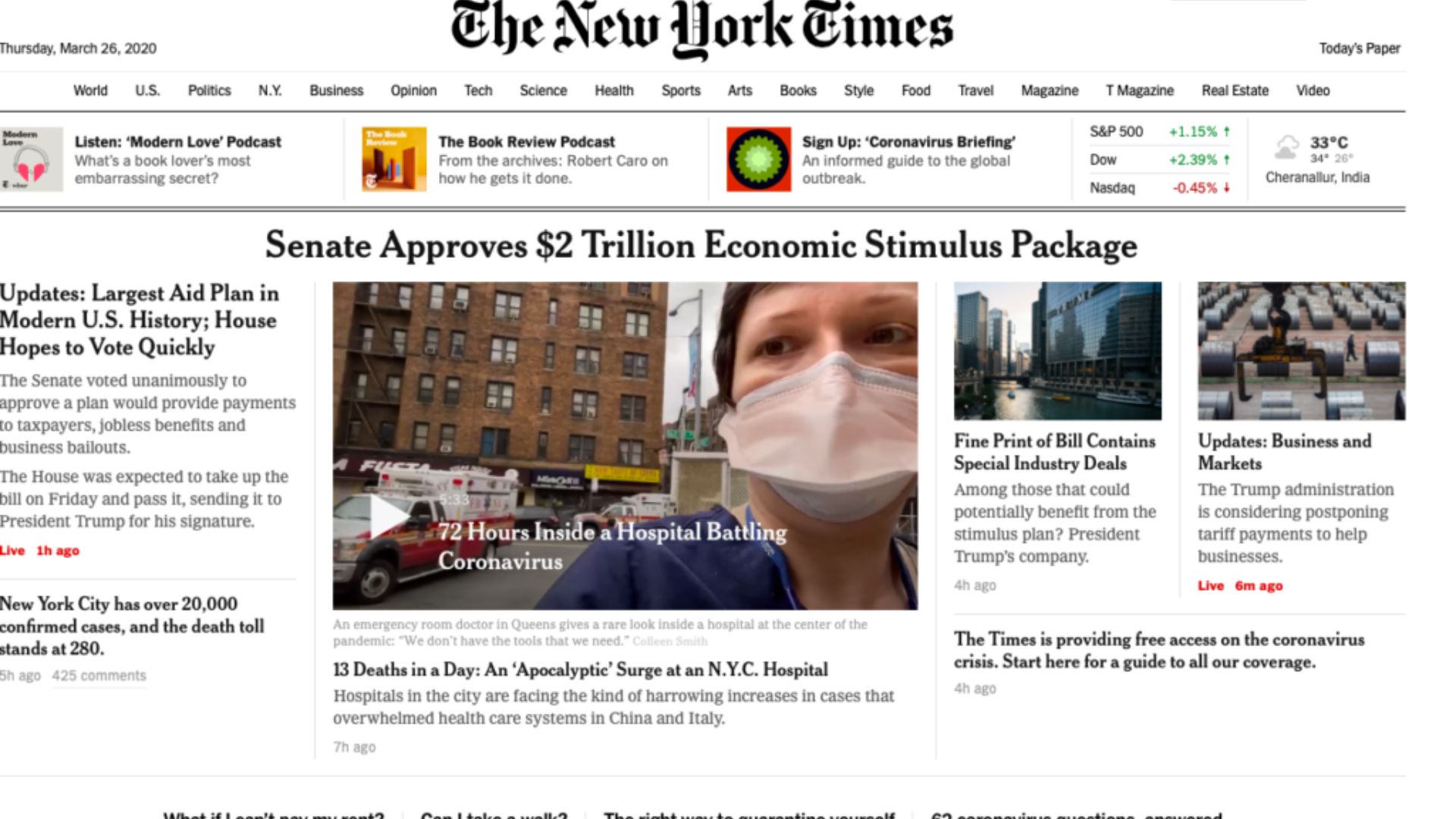Virtual Reality (VR) has significantly impacted web design by offering immersive experiences that engage and captivate users. Here are some key impacts of VR in web design and immersive experiences:
- Enhanced User Engagement: VR provides a sense of presence and immersion, creating a more immersive and interactive experience for users. By enabling users to explore virtual environments and interact with objects in 3D space, VR elevates user engagement and facilitates a deeper connection with the content.
- Improved Storytelling: VR allows designers to tell stories in a more immersive and interactive manner. Through virtual environments, 360-degree videos, or interactive narratives, VR enables users to be a part of the story and explore content in a more engaging and memorable way.
- Visual and Spatial Design Opportunities: VR presents new design possibilities by utilizing three-dimensional space. Designers can create immersive environments with rich visuals, dynamic animations, and spatial audio, providing a more realistic and engaging experience for users.
- Product Visualization and Showcasing: VR facilitates product visualization and showcasing in a more interactive and realistic manner. It allows users to view and interact with products virtually before making a purchase decision, enhancing the online shopping experience for customers.
- Training and Education: VR has revolutionized training and educational experiences by simulating real-world scenarios. From virtual classrooms and interactive lectures to immersive training simulations, VR provides an engaging and effective tool for learning and skill development.
- Architectural Visualization: VR has enabled architects and designers to showcase their designs with greater accuracy and realism. Clients can virtually walk through virtual 3D models of buildings or structures, providing a realistic preview of the final design before construction even begins.
- Virtual Tours and Travel Experiences: VR offers the possibility to explore new locations and experience virtual travel without leaving one’s physical location. From virtual tours of famous landmarks to immersive travel experiences, VR allows users to explore and engage with destinations in a unique and captivating way.
- Gaming and Entertainment: VR has had a significant impact on the gaming and entertainment industry. It provides gamers with highly immersive and realistic experiences, transporting them to virtual worlds and enhancing gameplay.
It is important to note that the implementation of VR in web design requires careful consideration of technical requirements, compatibility with devices, and accessibility concerns. Additionally, creating seamless and high-quality VR experiences necessitates a focus on performance optimization and ensuring smooth interaction with the content.
In conclusion, VR has transformed web design by offering immersive and interactive experiences that engage and captivate users. With its potential to enhance storytelling, product showcasing, training, and entertainment, VR continues to shape the future of web design and immersive experiences.










